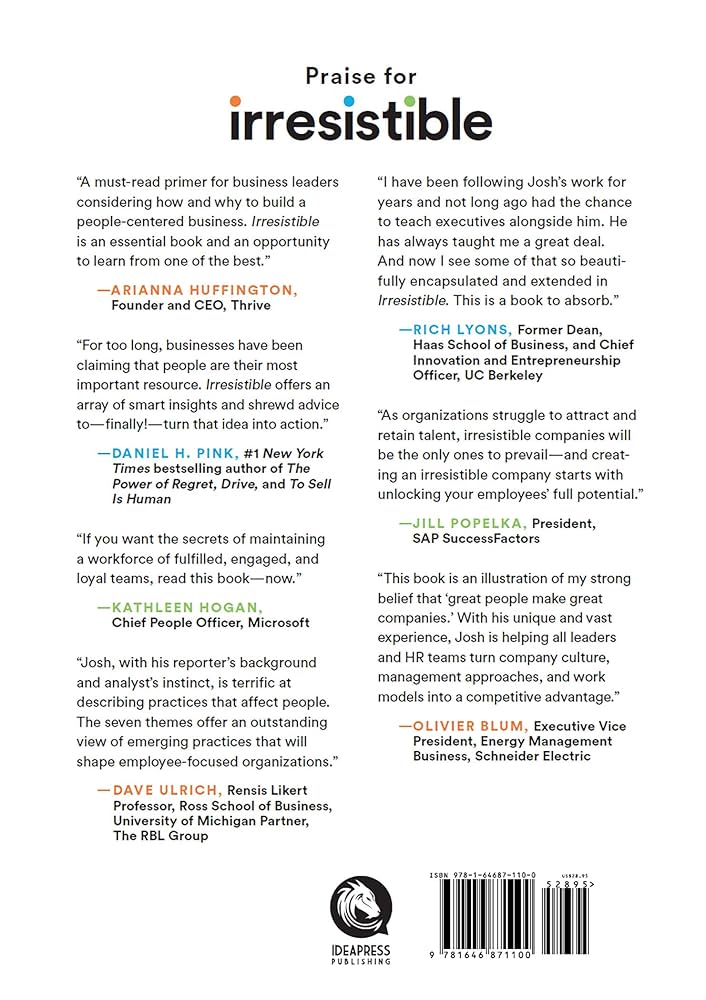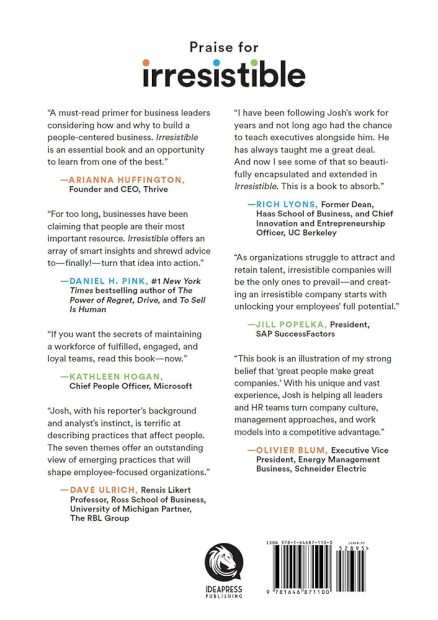
Some individuals dive into entrepreneurship with just a bold idea and a strong stomach for unpredictability. However, if you prefer a more cautious approach, you’re not alone. Being risk-averse does not mean you need to abandon your entrepreneurial dreams. It simply suggests that you will navigate it with thoughtful strategies, keen instincts, and an even keener eye for potential pitfalls.
There’s a common belief that only the most daring thrive in business. While tales of spectacular exits and unicorn startups capture the spotlight, the true backbone of commerce comprises founders who prioritize security. You may be surprised to learn that not every entrepreneur relishes a high-risk lifestyle. Cautious entrepreneurs recognize the importance of prudence. They identify dangers early, prepare for various outcomes, and frequently surpass their bolder counterparts in the long haul.
Whether you are contemplating investing in a business or aiming to initiate your own idea with a steady foundation, you have choices. Here’s a guide to thriving as a risk-averse entrepreneur without sacrificing your peace of mind (or your financial stability).
Reduce risk, gain momentum, and relish the benefits of business ownership. It might seem too optimistic, but it is indeed the reality for numerous entrepreneurial-minded business proprietors.
1. You Don’t Have To Start From Scratch
There’s a misconception that you must construct your business from the ground up to be a legitimate entrepreneur. This is not accurate! Instead, look for existing companies with demonstrated success, strong customer relationships, and solid finances. This is a wise approach. Why? You begin with facts, rather than merely hope, aspiration, and (an excessive amount of) anxiety.
Established businesses present revenue history, dependable suppliers, and customer loyalty. You can scrutinize profit margins and operating expenses prior to making a commitment. Furthermore, if you select a sector with stable, ongoing demand (consider car washes, laundromats, local service providers – the “unexciting” essentials that people will always need), your revenue forecasts become clearer, and your risks – lower, or even negligible.
Numerous websites promote businesses for sale, so explore the credible ones. Additionally, franchising opportunities from well-known brands can familiarize you with businesses that are available for acquisition.
Ensure a second opinion on all documentation before finalizing any decisions – preferably from an accountant, who can examine balance statements and identify any hidden issues. And if you require more insights on how to finance a business, there are numerous resources for that as well: https://acquira.com/financing-small-business-purchase.
2. Start as a Side Hustle Before Going All-In
Abandoning your job abruptly is often romanticized in entrepreneurial narratives. However, you don’t need to relinquish reliable income for an uncertain venture. Begin your project as a side endeavor and keep your primary income flowing while you explore the market.
This will allow you to confirm demand, experiment with your offerings, and learn from errors while retaining your financial safety net. Establish clear milestones to assess viability. When (and only when) your side project consistently meets your living expenses and shows promising growth potential, you can transition confidently.
3. Lean On Data Over Intuition
It is tempting to trust your instincts. However, risk-averse entrepreneurs base their decisions on solid data. Utilize research, customer feedback, competitor evaluations, and industry standards as your guiding framework.
Resources like Google Trends, Statista, and IBISWorld can reveal market patterns and trends. Regularly analyze your metrics and adapt when the data dictates. Making choices guided by data reduces financial risks and keeps you ahead of unstable markets.
4. Partner With the Right People
Working alone increases your exposure to both workload and risk. A strategic partnership distributes responsibilities, brings in needed skills, and provides a companion to navigate both favorable and challenging times. Choose co-founders or team members whose strengths complement yours and who share a similar risk preference.
Clearly outline roles, record contributions, and establish formal agreements. Partnerships are not solely about expanding capacity; they also protect the business from your blind spots.
5. Build a Cash Reserve
Unforeseen expenses are an inherent aspect of entrepreneurship. A solid cash reserve (covering at least three to six months of operating expenses) is your best protection against downturns, late payments, or sudden capital needs. Consider this reserve essential. Automate monthly contributions to a separate business savings account. Though it may not be exciting, a robust reserve allows you to engage in calculated risks and endure economic fluctuations without distress.
6. Use Low-Cost Testing and MVPs
You don’t have to invest a fortune in product development or marketing to validate your idea. The Minimum Viable Product (MVP) concept is advantageous. Release the most basic version of your offering, gather feedback, and only invest further once you see positive momentum.
Crowdfunding sites, landing pages, or straightforward prototypes can assist you in measuring interest.
